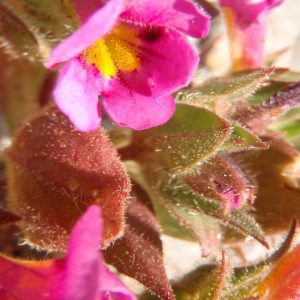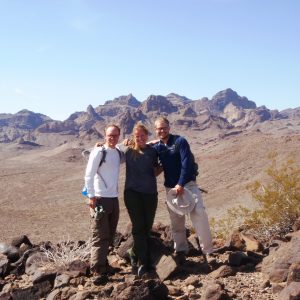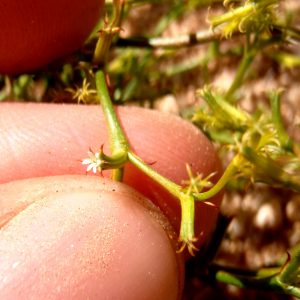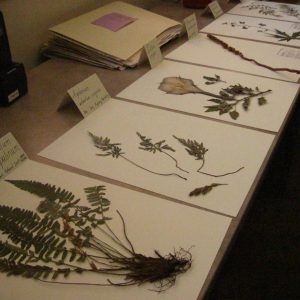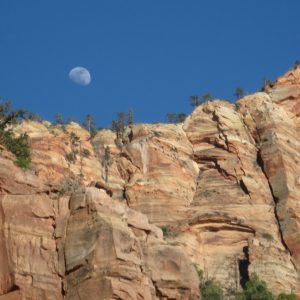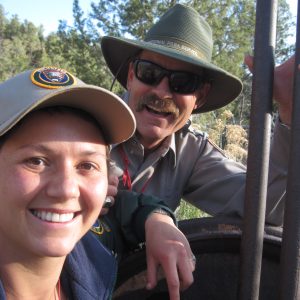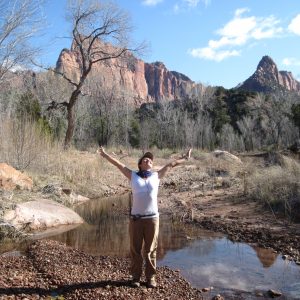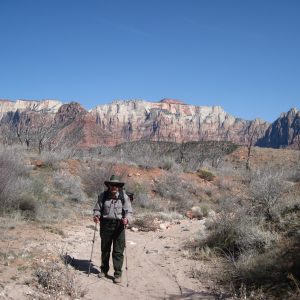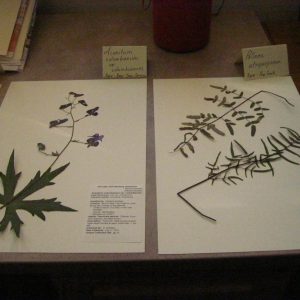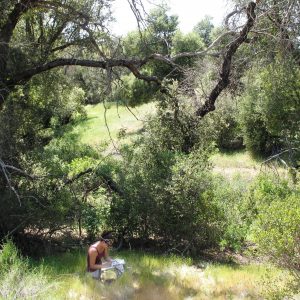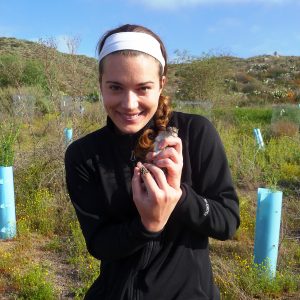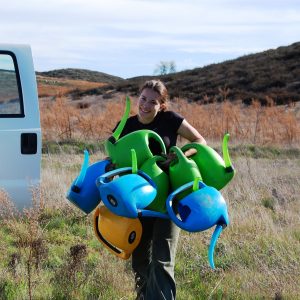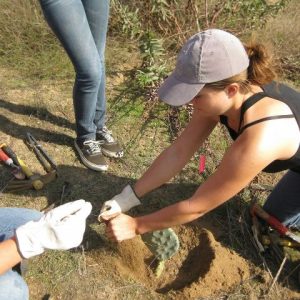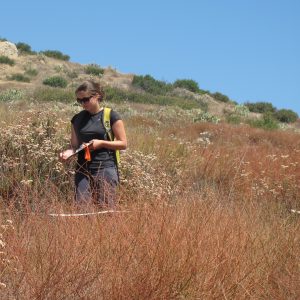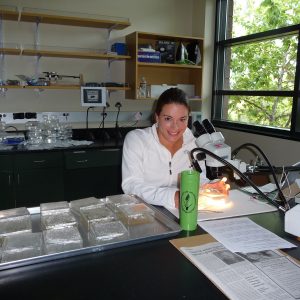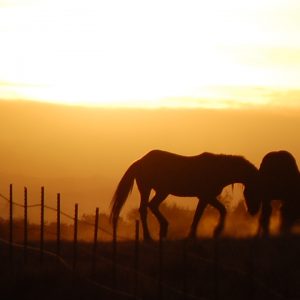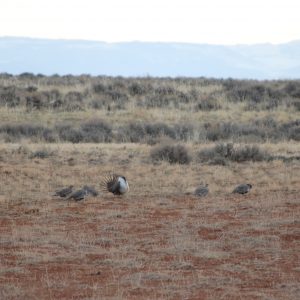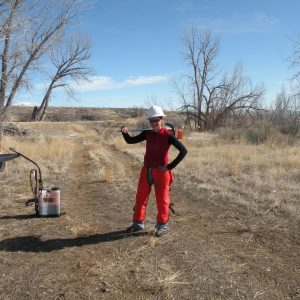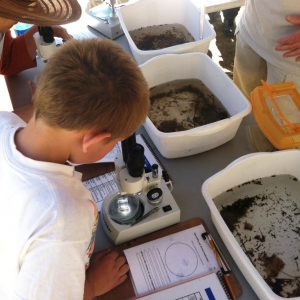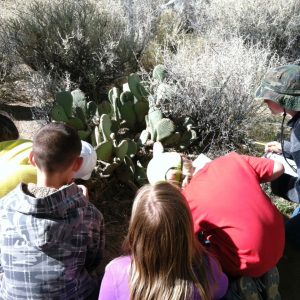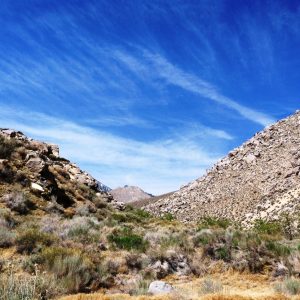Hi, I am Krista Butler and I am finishing up my third week working at the Ridgecrest, CA office of the Bureau of Land Management. I graduated from Northern Arizona University with my degree in Environmental Science and I will be attending graduate school at the University of Nevada- Las Vegas to study Biology in the fall. Not only am I thrilled to have an opportunity to use my field skills and establish new abilities before pursuing my MS, I am also so excited to be working for the BLM and be in sunny southern California. I have been busy with so many great projects here and I am very happy to report that all is well!
So far, my most significant project is monitoring the effectiveness of past restoration efforts on BLM land. While there are plenty of legal Off-Highway Vehicle (OHV) routes here, many illegal routes are made through improper use of the area. These paths damage habitat through the direct destruction of vegetation, but also increase the potential for problems such as erosion. Crews have been restoring these routes using techniques such as vertical mulching, check dams, fencing, and signage for over 10 years in this area. My job has been to inspect these restored route locations to see how the treatments have impacted the land, ie: how the restored vegetation compares to the surrounding natural plant communities, if the treatments such as vertical mulch are still intact, and if any new illegal routes have been created in those areas. It’s great to be a part of the monitoring process to ensure successful restoration!

http://www.blm.gov/ca/news/newsbytes/xtra-05/198-xtra_desertrestoration.html
Another project I work on is the Sand Canyon Environmental Education Program, aka SEEP. SEEP focuses on teaching local elementary school students about the important roles that water plays in a desert environment. I have participated in instructing students, using hands-on activities, about riparian and desert plants and ecosystems, birds, and aquatic invertebrates and their relationship to water quality. I think this is a highly valuable program that really connects the youth to their environment and helps them to understand why where they live is so special and needs to be conserved.
I am the only intern at this office, but I was lucky enough to find myself a great place to live that is so close to the office, I get to walk to work! I’m looking forward to the rest of my 5 months here and am thankful to have this opportunity through the CLM internship program and the BLM.

